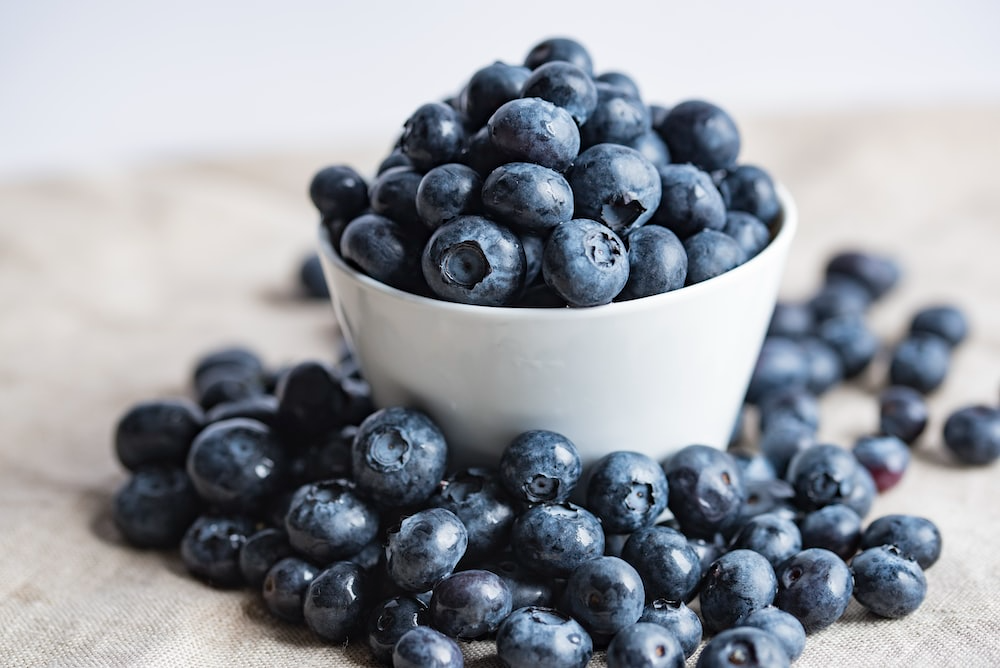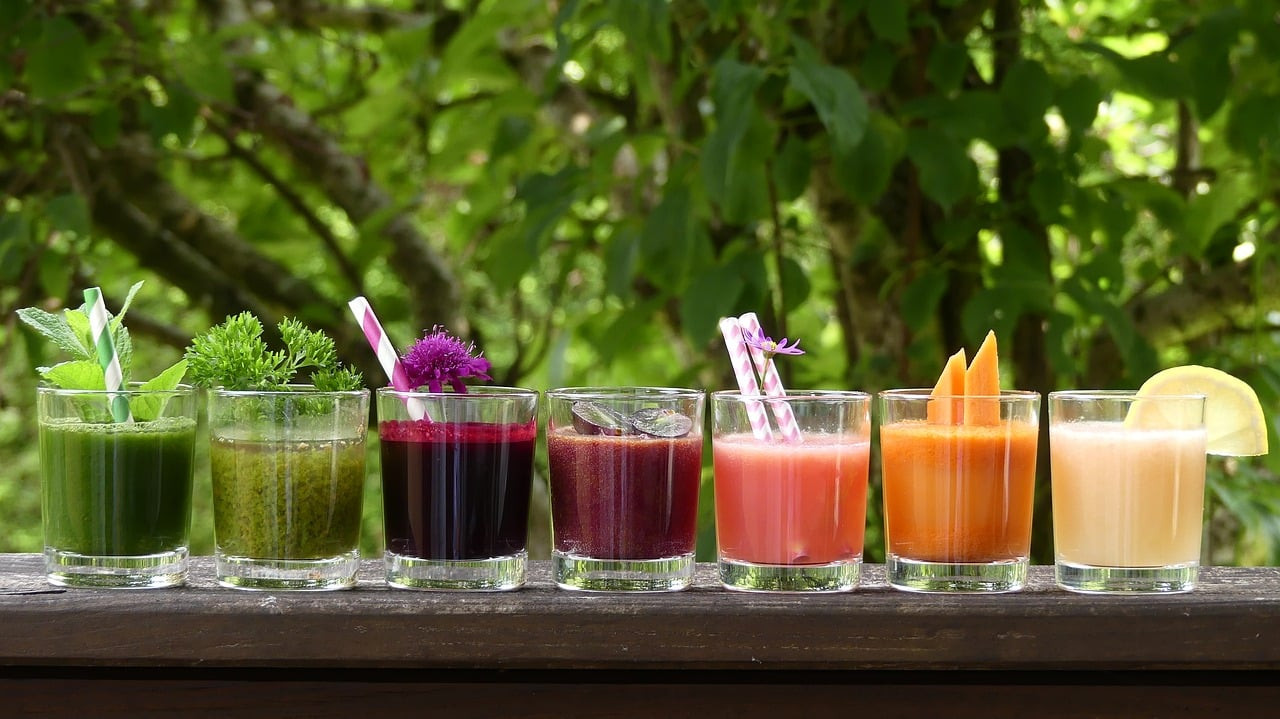
The Art of Oil-Free Sautéing: A Guide to Water Sautéing Vegetables
In the world of culinary arts, sautéing is a technique celebrated for its ability to quickly cook ingredients while sealing in flavors. Traditionally, this involves cooking food quickly in a small amount of oil over high heat. However, a growing trend towards health and wellness has seen an upsurge in water sautéing – a technique that promises the same delicious outcomes minus the oil. This blog explores the what, why, and how of oil-free sautéing, offering insights into its benefits and sharing a quick, tasty recipe to get you started.
What is Water Sautéing?
Water sautéing is an innovative cooking method that substitutes oil with water or broth. This technique involves cooking vegetables (or any food you would typically sauté) in a small amount of water, keeping the heat high enough to softly cook the food while imparting it with a tender, flavorful finish.
The Benefits of Avoiding Oil When Cooking
1. Reduced Caloric Intake: One of the most immediate benefits of water sautéing is the significant reduction in calories. Oil is calorie-dense, and even a small amount can add hundreds of calories to your dish without increasing the volume or satiety.
2. Promotes Heart Health: Eliminating oil can help reduce the intake of unhealthy fats, particularly trans and saturated fats found in some oils, promoting a healthier cardiovascular system.
3. Maintains Nutrient Integrity: Cooking with water can help preserve the natural nutrients of vegetables better than oil, which may undergo oxidative degradation at high temperatures, potentially forming harmful compounds.
4. Enhances Natural Flavors: Water sautéing helps in bringing out the natural flavors of the ingredients, making your vegetables taste more genuine and vibrant without the overshadowing taste of oil.
How To Do Water Sautéing
Technique and Tips:
- How Much Water to Use: Start with a small amount, about 2-4 tablespoons for a pan of vegetables. The key is to add just enough water to prevent sticking while cooking, not to waterlog the food.
- Keep It Moving: To mimic the traditional sauté, keep the ingredients moving frequently by stirring or tossing, ensuring even cooking and preventing any sticking or burning.
- Gradual Addition: If the water evaporates before the food is thoroughly cooked, add more water, a tablespoon at a time, to finish cooking.
- High Heat: Maintain a high heat throughout the cooking process to ensure a good sear on the vegetables, similar to what you’d achieve with oil.
Quick Recipe Using Water Sautéing
Simple Garlic Green Beans
Ingredients:
- 1 lb fresh green beans, trimmed
- 4 cloves garlic, minced
- Salt and pepper to taste
- ½ cup vegetable broth or water
Instructions:
- Heat a large pan over medium-high heat. Add the garlic and 2 tablespoons of vegetable broth to the pan, stirring frequently for about 1 minute.
- Add green beans and the rest of the broth. Season with salt and pepper.
- Cover and cook, stirring occasionally, until the beans are tender but still crisp, about 3-4 minutes.
- Uncover, increase the heat, and continue cooking until most of the liquid has evaporated. Serve immediately.
The Flavor of Food When Water Sautéing
While the absence of oil might seem like it could detract from the flavor, water sautéing actually allows the inherent flavors of the vegetables to shine. The method encourages the blooming of spices and the caramelization of natural sugars in vegetables, leading to a clean and distinct taste profile that might be obscured by oil.
In summary, water sautéing is not only a healthful alternative to traditional sautéing methods but also an easy technique to adopt in everyday cooking. It preserves the texture and enriches the natural flavors of food, offering a delicious way to enjoy your favorite dishes, guilt-free. Give it a try, and you might find that water sautéing becomes a staple in your culinary repertoire.

 Blueberries are one of the most nutritious and delicious fruits on the planet! Not only are they bursting with flavor, but they're also packed with health benefits that can help you live your best life. In fact, blueberries are considered one of the highest antioxidant foods, according to research from Tufts University, a private research university in Massachusetts.
Blueberries are one of the most nutritious and delicious fruits on the planet! Not only are they bursting with flavor, but they're also packed with health benefits that can help you live your best life. In fact, blueberries are considered one of the highest antioxidant foods, according to research from Tufts University, a private research university in Massachusetts.But what makes these little blue balls of goodness so darn special, you may ask? Well, for starters, they contain a variety of vitamins and minerals, including vitamins C and K, potassium, and manganese. All of these essential nutrients work together to support your immune system, improve heart health, and aid in digestion.
But perhaps the most impressive benefit of blueberries is their ability to help reverse the signs of aging. That's right, studies conducted by Tufts University have shown that blueberry extracts can actually help to slow down aging on a cellular level. This is due to the high levels of antioxidants found in blueberries, which work to protect your cells from harmful free radicals that can cause damage and accelerate aging.
Not only that, but blueberries have also been found to assist in lowering blood pressure, improving brain function and memory, reducing inflammation, and even aiding in weight loss. So, if you're looking to improve your overall health and wellbeing, incorporating blueberries into your diet is a smart choice.
Try using blueberries on top of your salad or even in your smoothie! Best ever are frozen blueberries in your hot oatmeal in the morning! No matter how you eat them, just get this superfood in your body!
So why not start adding these sweet and juicy berries to your morning smoothie, lunchtime salad, or even as a tasty snack in the afternoon? Trust us, your body (and taste buds!) will thank you.
If you would like to learn more about health and wellness and how to create healthier habits feel free to click HERE to join my online community! I have tons to share with you!

What NOT to Eat if You Want to Avoid Inflammation

If you’ve been feeling sluggish, bloated, and just generally unwell, then inflammation might be the culprit. The good news is that there are a few simple changes you can make to your diet to reduce inflammation in your body. Read on for some easy tips on what foods to avoid if you want to keep inflammation at bay!
Sugar and Refined Carbs: Sugary snacks like candy, cakes, cookies, and other sugary treats are obviously not great for our health – but it turns out that they can also trigger inflammation. That doesn’t mean you have to give up sweet treats altogether (we wouldn’t want that!), but try switching out processed sugar-filled snacks for more natural options like fresh fruit or homemade desserts.
And while we’re talking carbs... refined carbs like white bread, pasta, and rice can also cause inflammation in the body due to their high glycemic index. Try swapping these out for whole-grain versions instead.
Processed Foods: Most packaged foods are loaded with added sugar, salt and artificial ingredients – all of which can cause inflammation in the body. So it goes without saying that avoiding processed foods is a great way to reduce inflammation. Instead of reaching for pre-packaged snacks or meals, try making your own healthy versions from scratch. It may take a bit longer than just popping something into the microwave – but your body will thank you!
Dairy products contain a type of protein called casein which has been linked to increased levels of inflammation in the body. If you find yourself feeling bloated after eating dairy products then it might be worth eliminating them from your diet altogether – or replacing cow's milk with plant-based milks such as almond milk or oat milk instead.
While reducing certain types of food from your diet may seem daunting at first, there are plenty of delicious alternatives available so you won’t feel deprived! By making small changes here and there – such as swapping out processed foods for healthier options or cutting back on dairy products – you can help reduce inflammation in your body and feel better overall! And remember - every little change counts!









